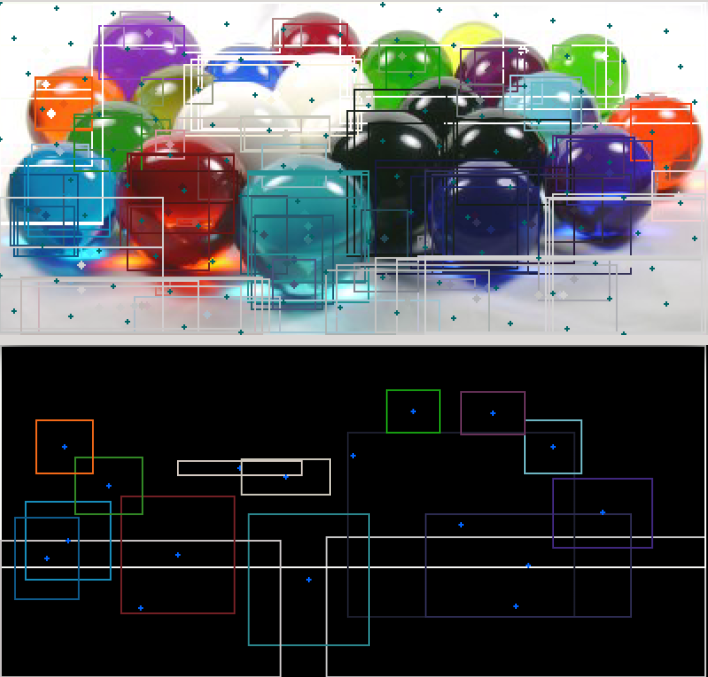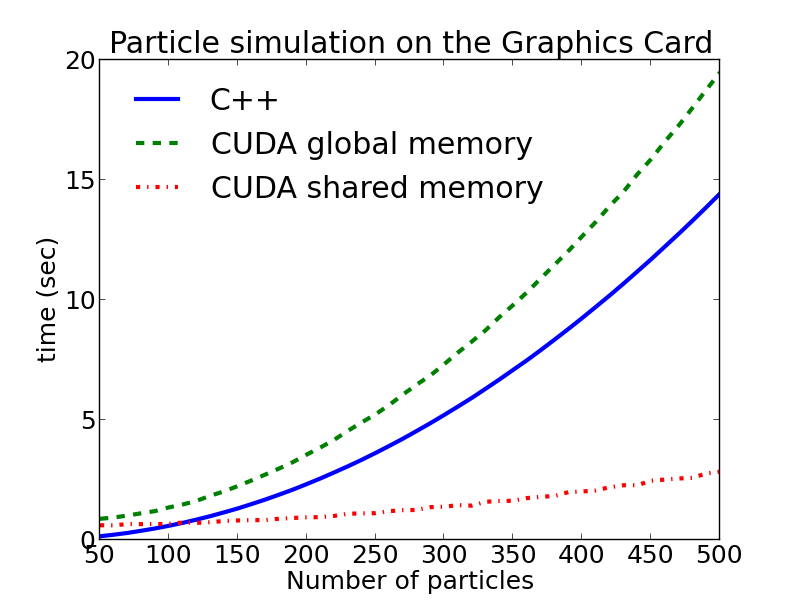Research
Recursive Median Sampling Blob Detection
Thomas Lux

Blob detection is research that looks at finding patches of similar color in images. In application, small robots with limited power can function for longer if the algorithms they use to navigate their surroundings are simple. This project proposes a computationally inexpensive means of locating blobs in images for the purpose of robotic navigation. The proposed blob detection method finds blobs faster than current standard algorithms used in the research field.
Quantification of Immersion in Video Games
Derek LaFever

Virtual reality has been thought to be more immersive than traditional interfaces, such as computer screens. However, no study has been conducted to quantify this intuition. This project attempts to provide evidence to confirm this claim, by developing a simplistic game that can be played through both traditional mechanisms as well as in a virtual reality environment using the Oculus Rift.
Mathematical Model of Graphics Cards
Randall Pittman

The graphics card is a high-speed processor that is commonly used for video games, but can also be used for general purpose computation. Using the graphics card can increase performance if multiple computations can be done at once. However, sharing data between these computations can cause issues. This project develops a model to predict the effect of memory usage in programs that utilize the graphics card.
Computational Modeling of the pre-Bötzinger
Maya Shende

The part of the brainstem which controls breathing, the ventral respiratory column (VRC), contains a small region called the pre-Bötzinger complex (preBötc). The preBötc is vital in generating and regulating the breathing rhythm, but the details of how it accomplishes this feat are not well know. We created a simulation to explore the effect of different connectivity patterns within a computational model of the preBötc network, in order to better understand how connectivity influences the function of the preBötc.
Trexler Hall, Roanoke College,
Salem, VA 24153, USA
Phone: (540) 375-2431
Email: [email protected]
